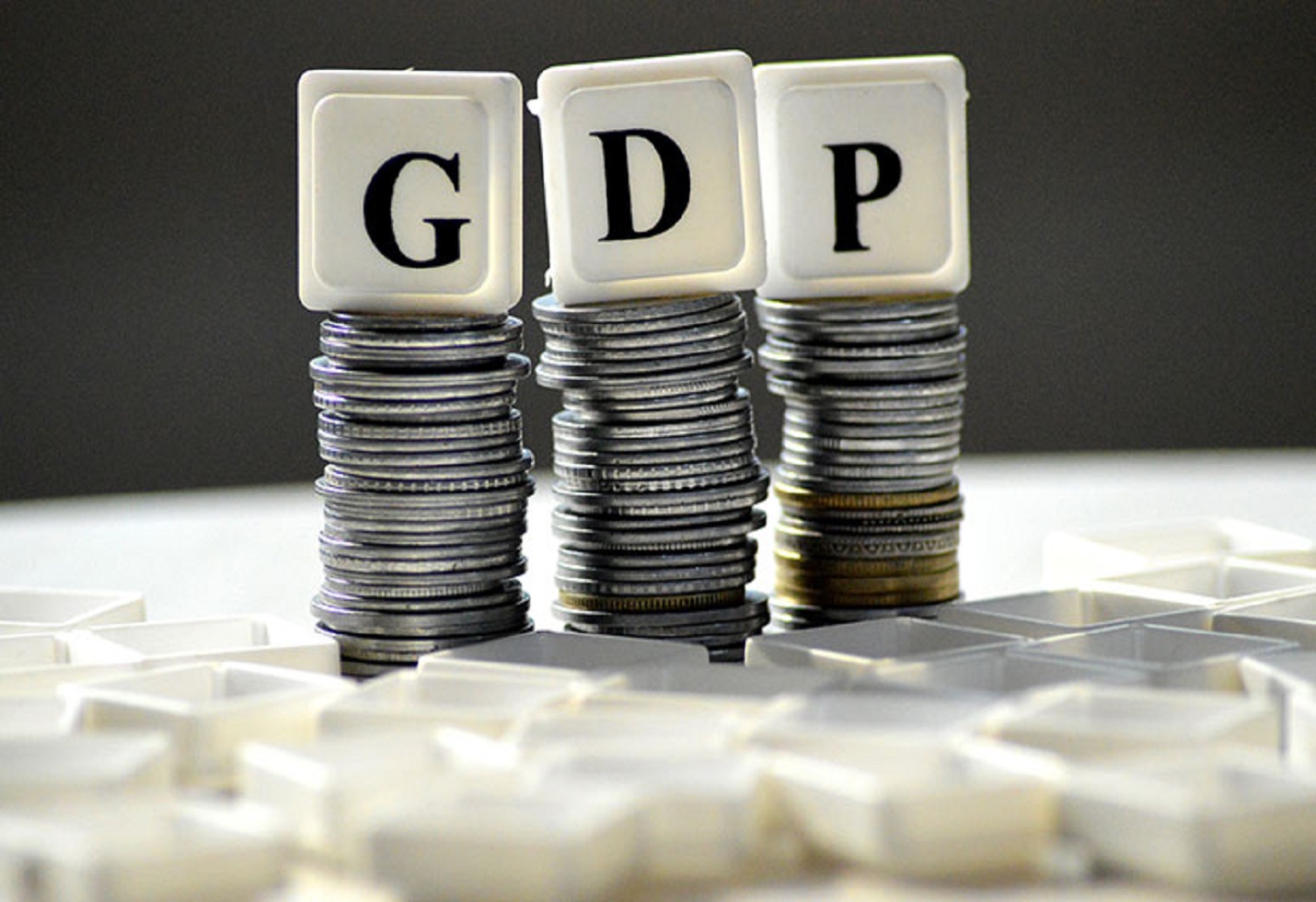Hyundai and Kia Set to Surpass 100,000 EV Sales; Hyundai Targets India for Future Growth
Hyundai Motor Co. and its affiliate Kia Corp. are on course to sell more than 100,000 electric vehicles (EVs) by the end of October 2024, according to data released on October 13, 2024, reported by Yonhap News Agency. This surge highlights the two South Korean automakers’ increasing focus on electrification, especially as they plan further expansion into emerging EV markets such as India.
From January to September, Hyundai and Kia sold a combined total of 91,348 EV units, representing a robust 30.3% year-on-year growth. Hyundai’s EV sales grew by 4.5%, with 48,297 units sold during the period, while Kia saw an exceptional 80.3% surge, delivering 43,051 units. Market analysts anticipate that their joint EV sales will exceed 100,000 units by the end of October and could touch 120,000 units by the end of 2024.
Hyundai Targets India with Creta EV and a Broader EV Roadmap
Hyundai Motor India recently announced plans to bolster its EV lineup, signaling its intent to tap into the growing demand for electric vehicles in India. At a roadshow event on October 9 ahead of the company’s initial public offering (IPO), Managing Director Unsoo Kim highlighted the company’s focus on mass and premium segments. As part of this strategy, Hyundai will launch the electric version of its best-selling Creta SUV in the final quarter of the fiscal year, alongside plans to roll out four additional EV models over the next few years.
“India’s EV market is still in the early stages of development, but we anticipate strong growth by 2030,” Kim stated. He also underscored Hyundai’s commitment to developing localized supply chains for essential EV components, such as battery packs, powertrains, and battery cells. The company is also investing in expanding India’s EV charging infrastructure to support future growth.
Hyundai’s Chief Operating Officer Tarun Garg reiterated the company’s ambitious roadmap for EVs. “The launch of the Creta EV will be followed by three additional models, which will help accelerate our EV sales in India,” Garg said. This strategic push aligns with Hyundai’s efforts to position itself as a leader in India’s evolving EV market, focusing on both affordability and premium features.
Balancing EVs with a Diversified Powertrain Portfolio
While Hyundai and Kia continue to ramp up their EV sales, Hyundai remains committed to maintaining a diversified product portfolio that includes hybrids and other alternative fuel vehicles. “We have access to advanced technologies across the spectrum—from petrol, diesel, and CNG to hybrids, plug-in hybrids, and even hydrogen-powered vehicles,” Kim noted. “This gives us a competitive advantage to meet varied customer demands in different markets, including India.”
Hyundai has maintained leadership in India’s hybrid vehicle segment since 1998, and the company aims to leverage this experience as it transitions into the EV space. By pursuing a dual strategy of promoting EVs and hybrids, Hyundai intends to address challenges like range anxiety and limited charging infrastructure that are prevalent in India today.
Conclusion
The combined efforts of Hyundai and Kia in ramping up EV sales globally, coupled with Hyundai’s focus on expanding its electric lineup in India, reflect the automakers’ strategic pivot towards electrification. With localized supply chains, new product launches like the Creta EV, and investments in infrastructure, Hyundai aims to capitalize on the growth potential of India’s nascent EV market. As the automotive landscape continues to evolve, Hyundai’s diversified approach with hybrids and EVs positions the company to cater to a wide range of consumers and maintain a competitive edge in both domestic and international markets.
This aggressive push by Hyundai and Kia showcases their commitment to becoming key players in the global EV transition, setting the stage for significant market share gains as consumer preferences shift toward greener mobility solutions.
The image added is for representation purposes only









